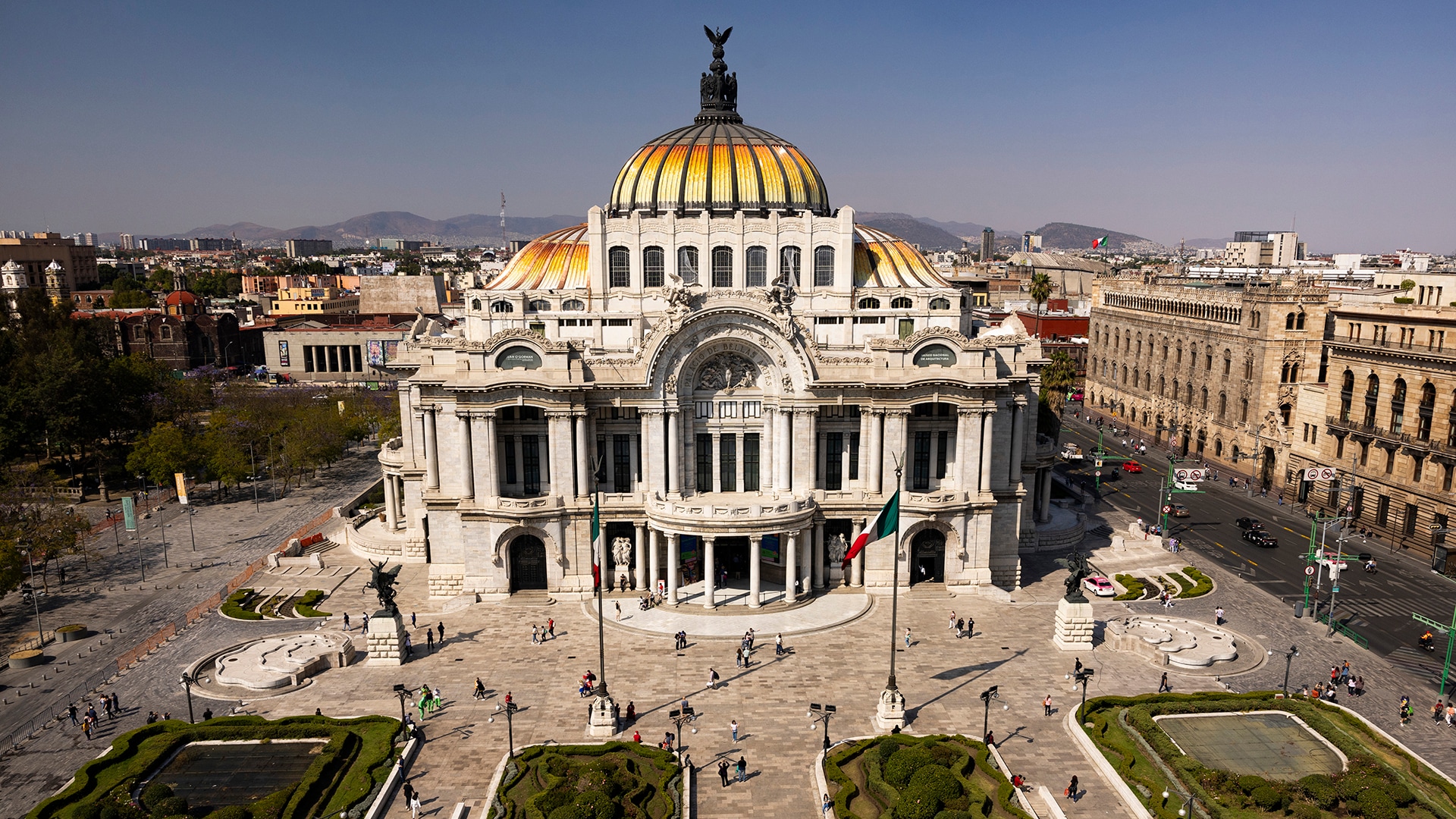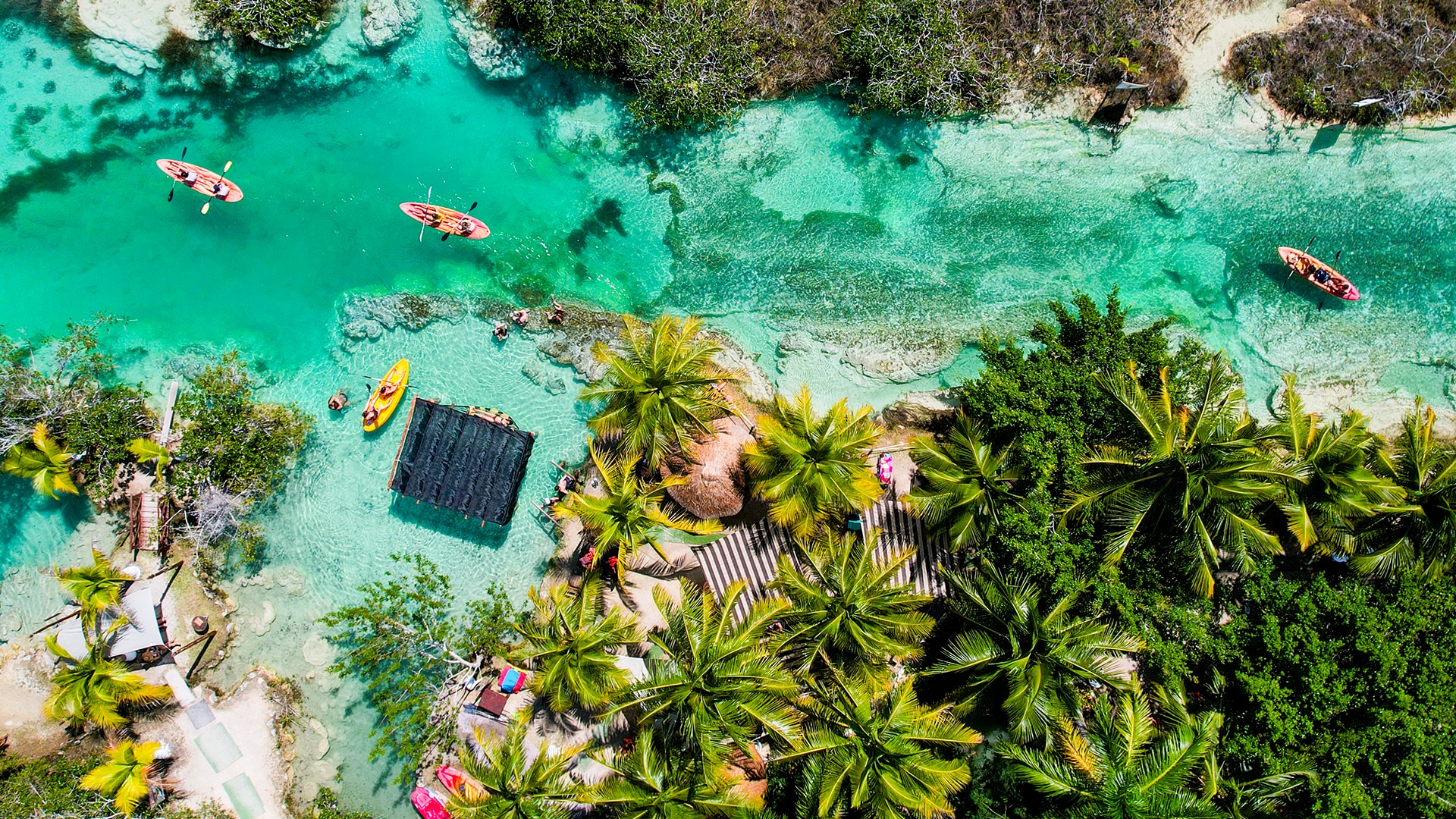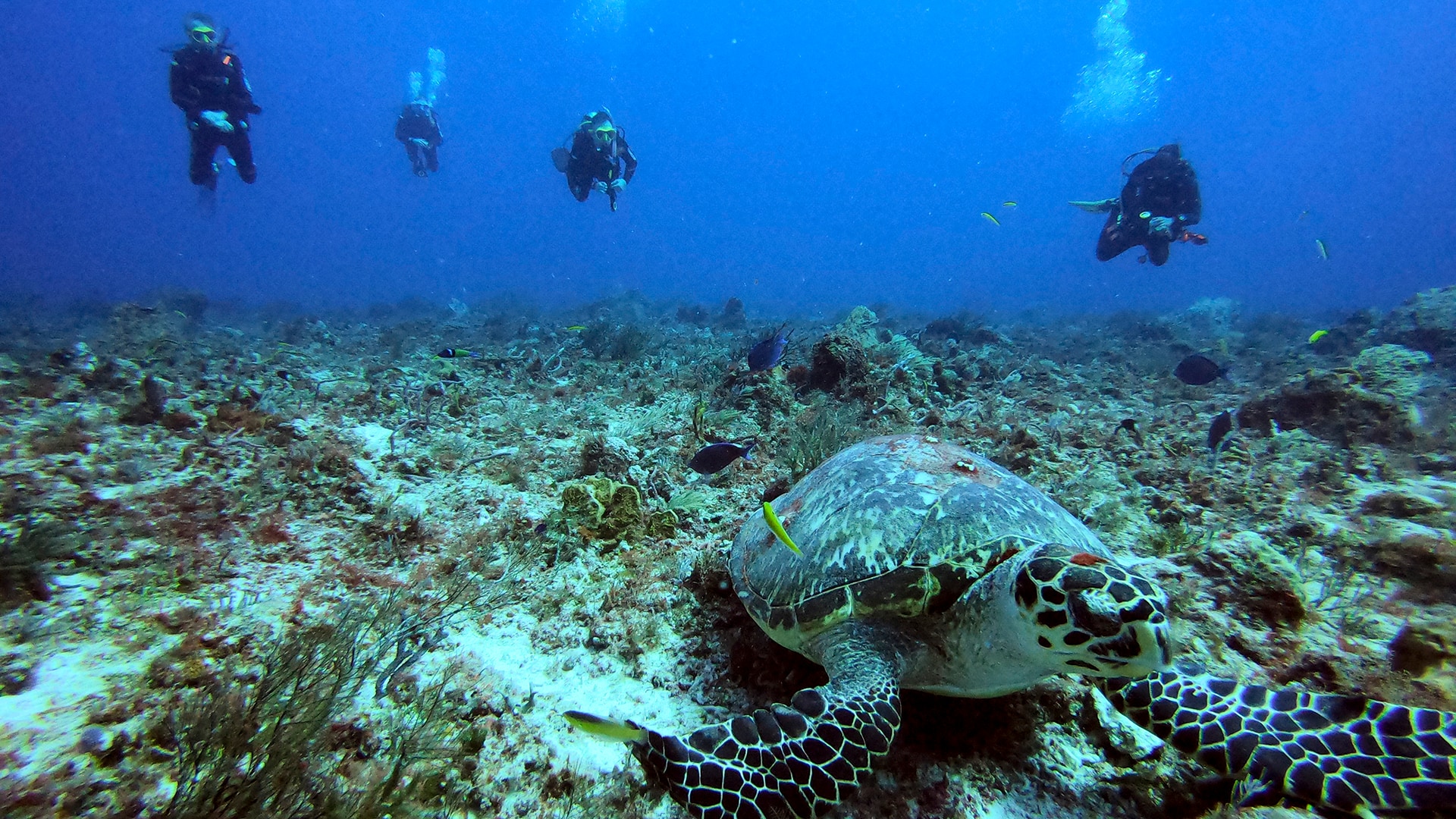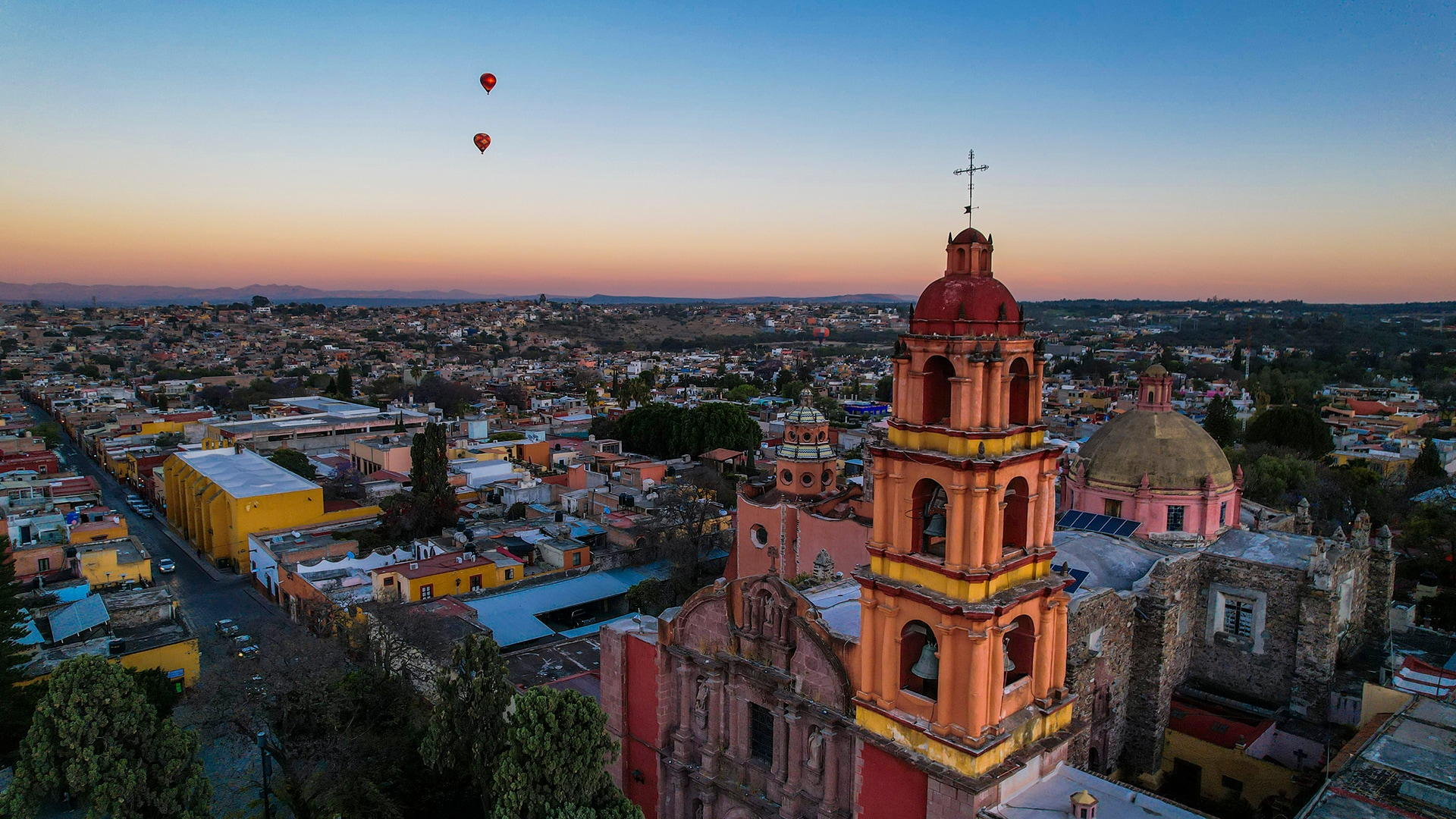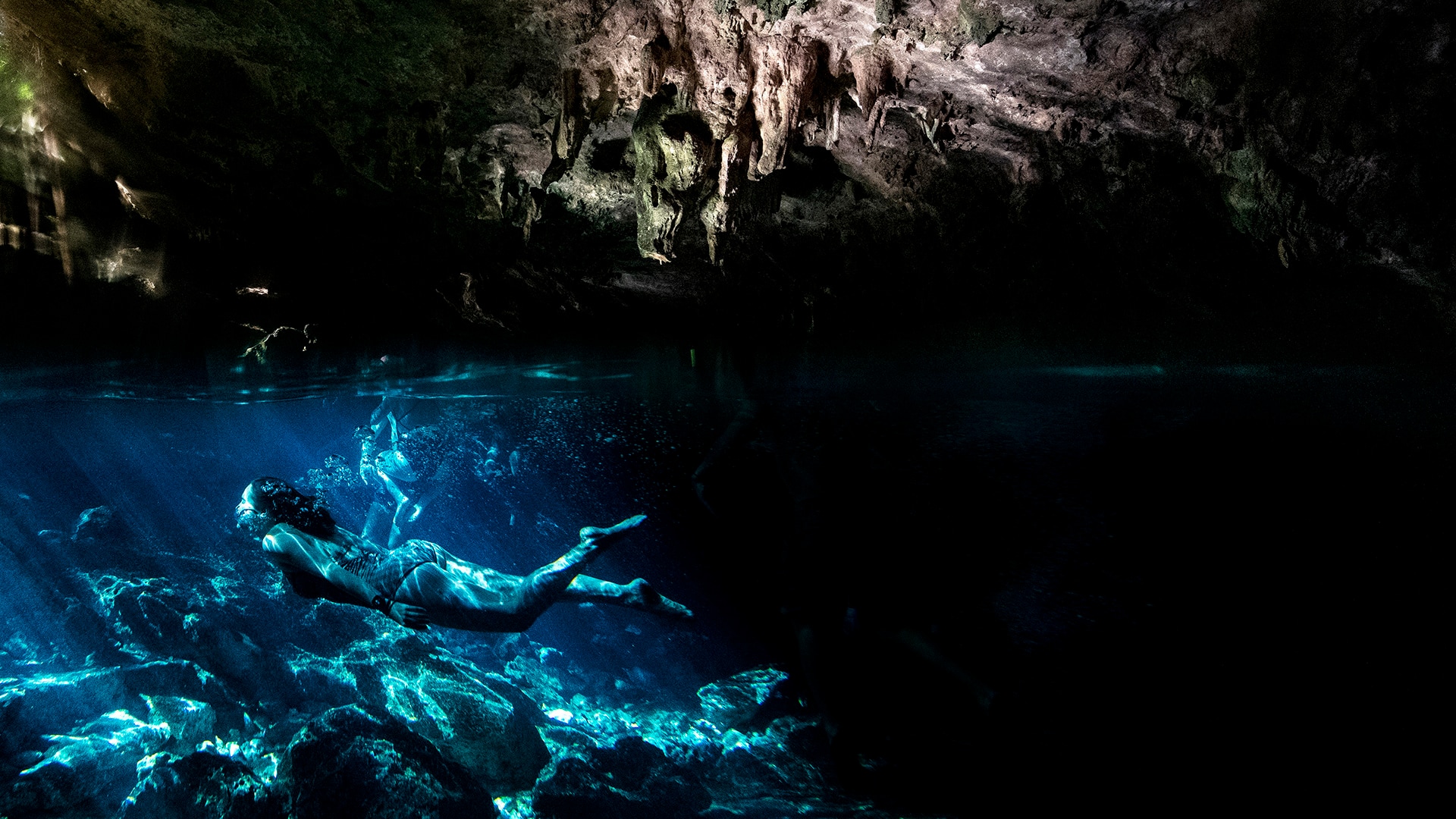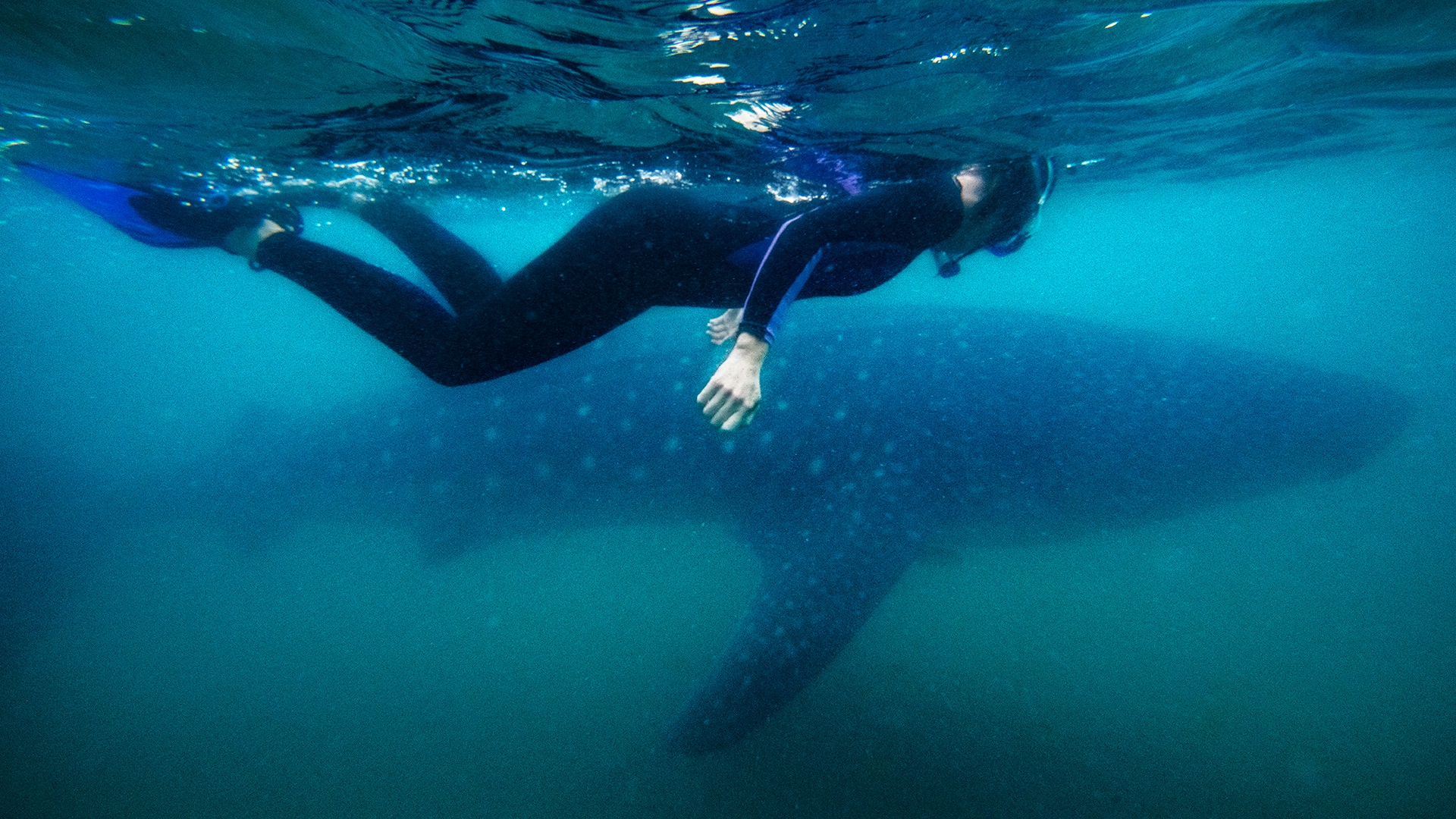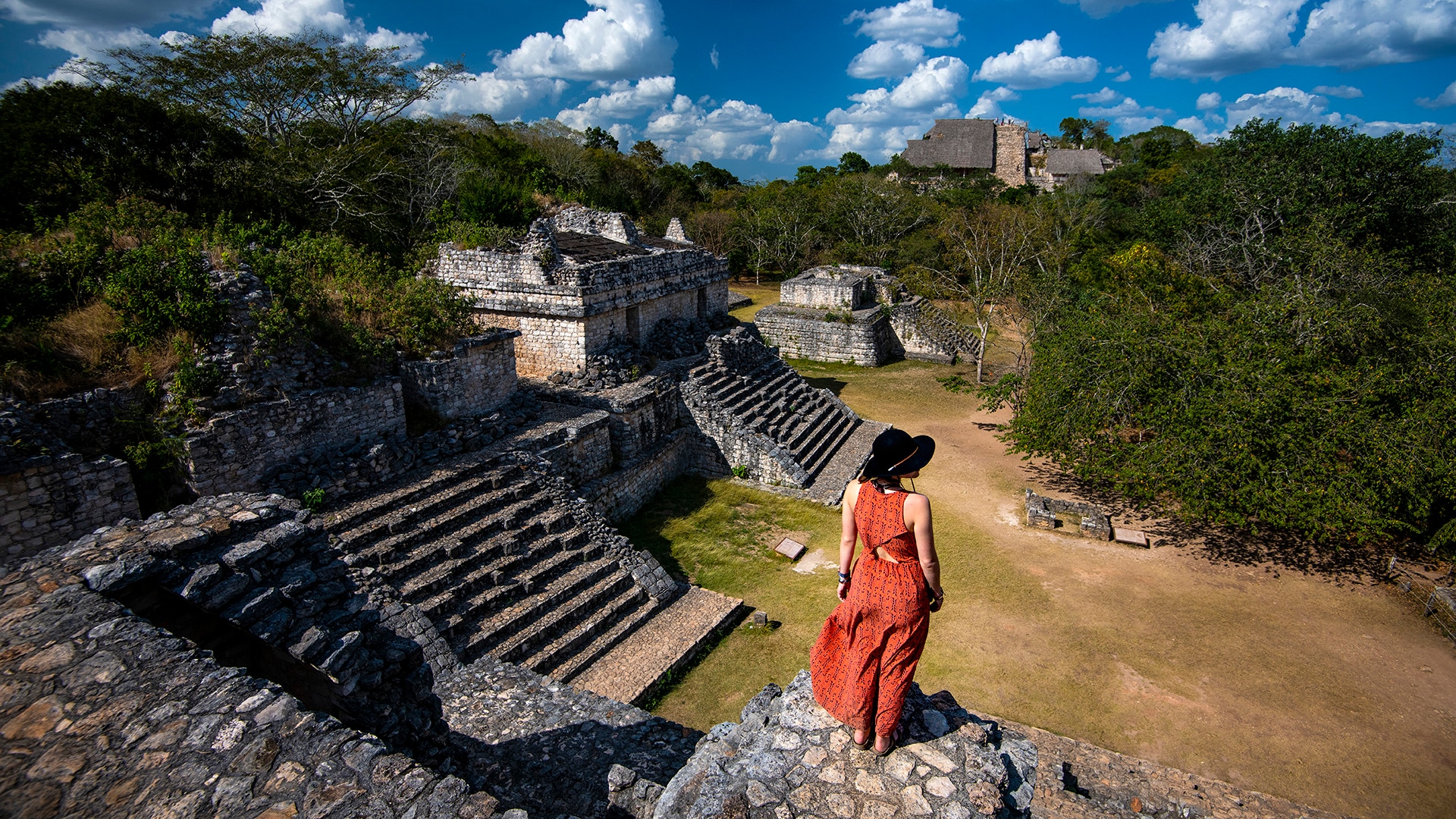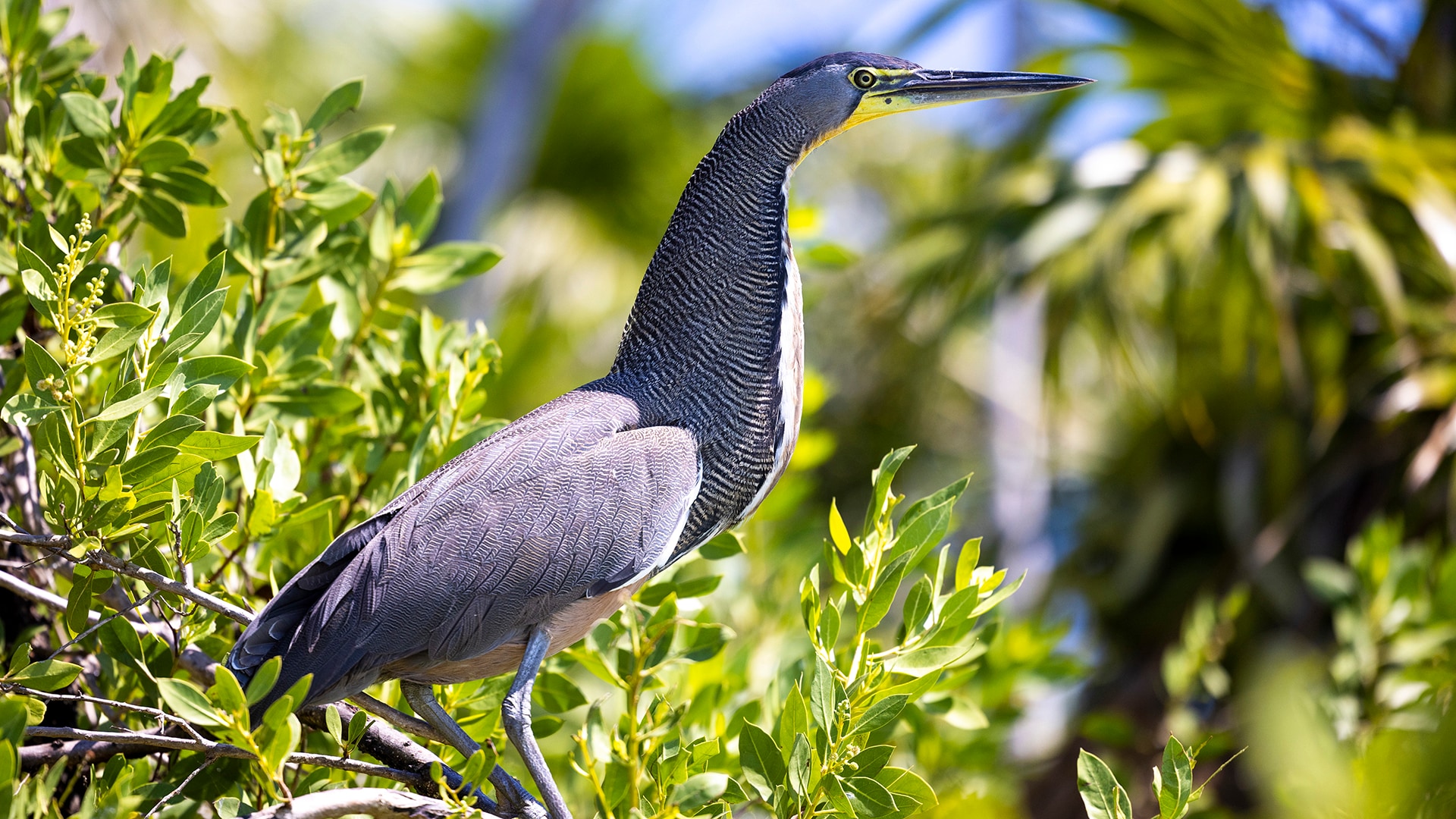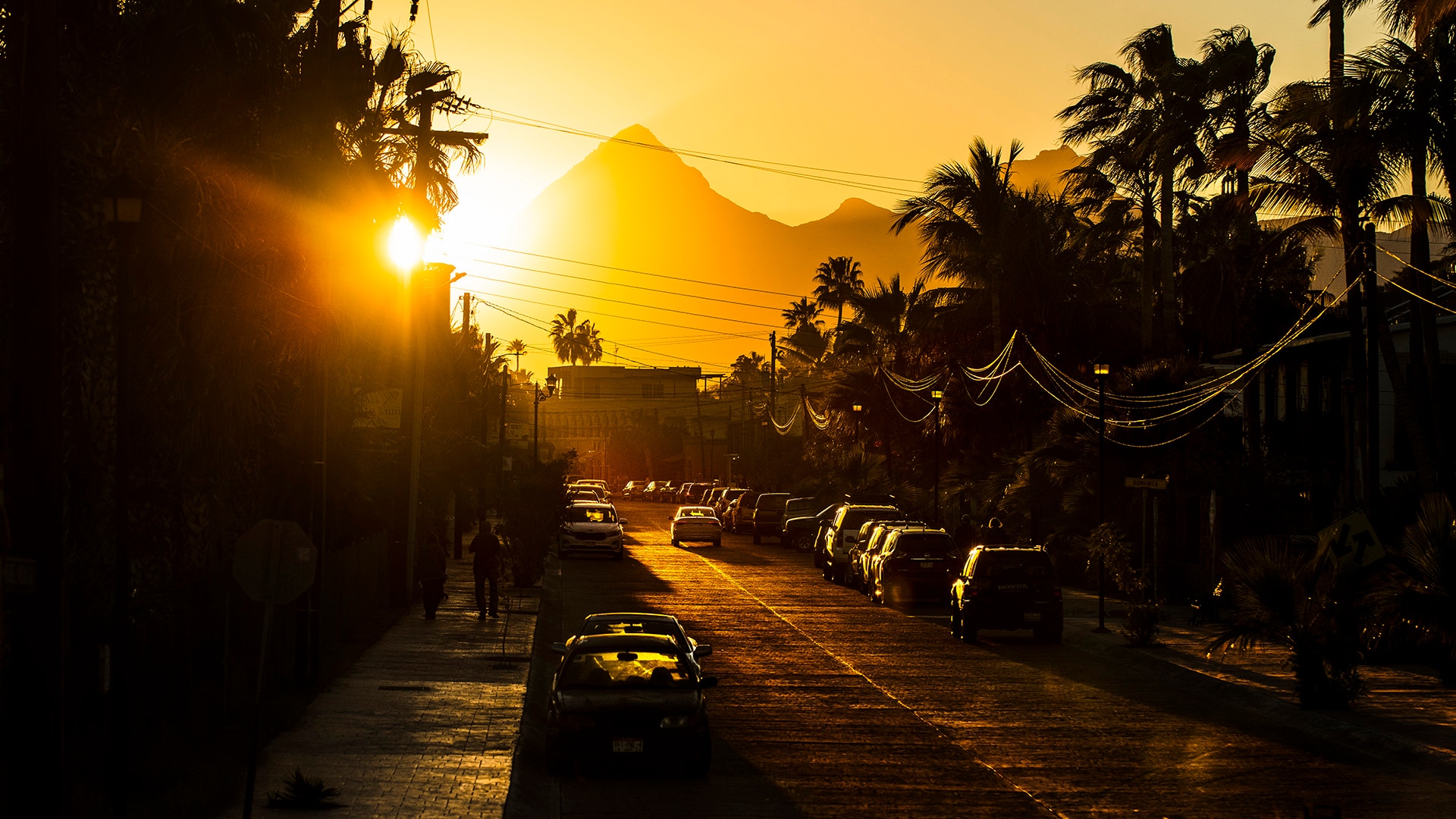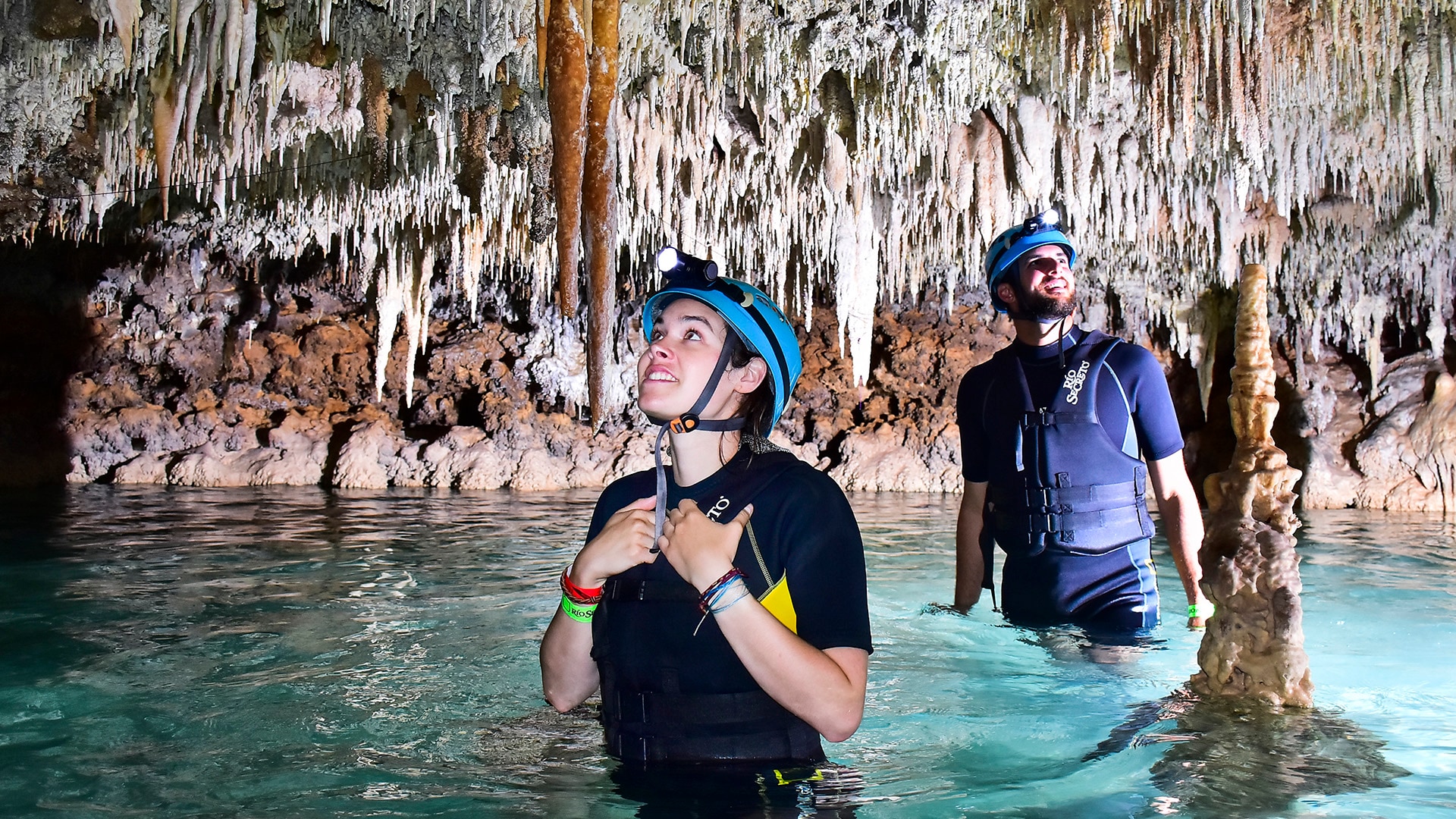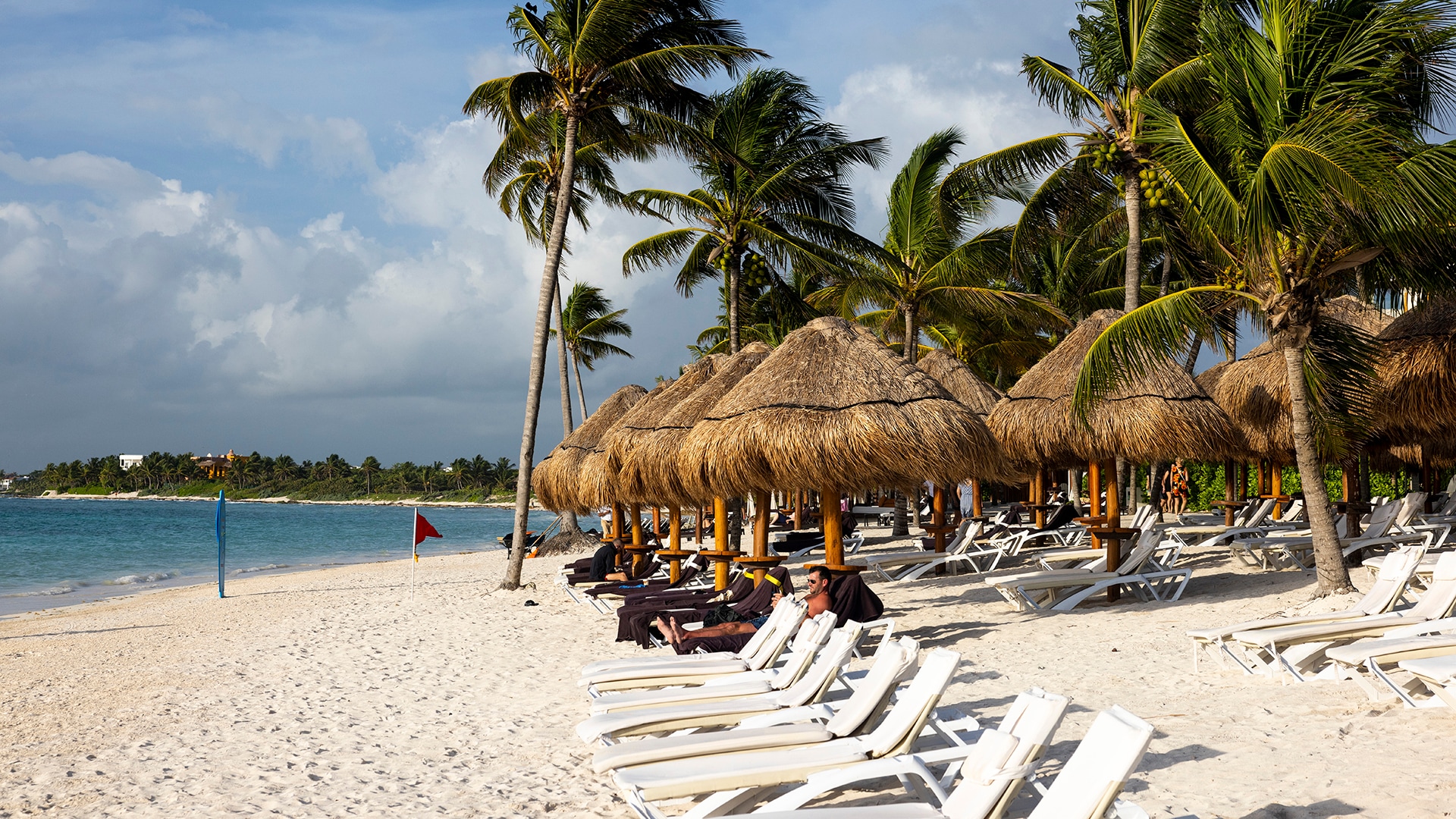Meeting Wildlife Face to Face in the Sea of Cortez, Mexico
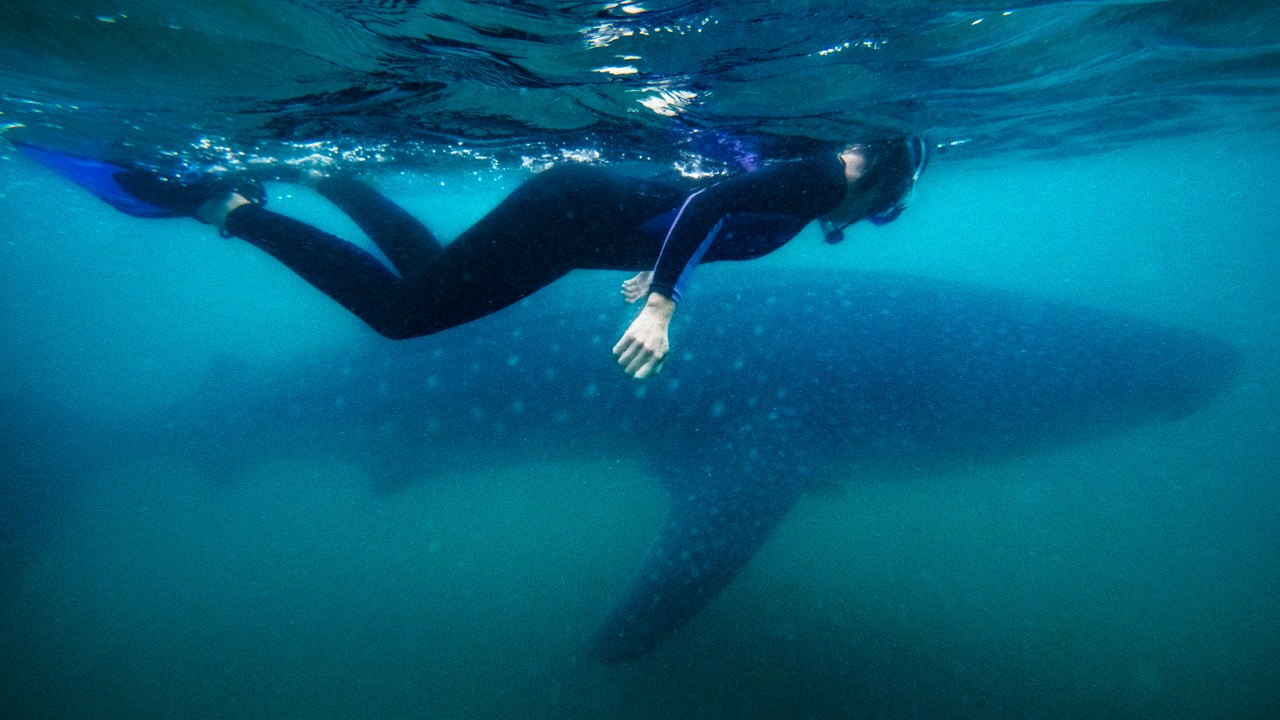
Writer Kassondra Cloos swims alongside a whale shark in the protected waters off the coast of La Paz.
Story by Kassondra Cloos; photos by Michael Ciaglo
Kassondra is a travel writer based in London. Michael Ciaglo is a photographer based in Denver.
The ‘World’s Aquarium’ is so full of marine life, it almost defies belief.
Snorkeling in the turquoise waters of the Sea of Cortez, you may spot frisky sea lion pups or massive whale sharks gliding silently by. Pufferfish, sea stars, urchins and colorful parrotfish also are abundant in these waters. The late ocean explorer Jacques Cousteau — whose statue adorns the Malecón, or seaside boardwalk, in downtown La Paz — once called this the “aquarium of the world.”
Access to the bounty of wildlife in the Sea of Cortez is easy from La Paz, the capital of Baja California Sur, a Mexican state on the Baja California Peninsula. A two-hour drive north from Cabo San Lucas, La Paz is a town worth settling into, rather than making just a day trip. If snorkeling isn’t your sport, you can board a boat to watch pelicans divebomb schools of sardines or spy stingrays and manta rays jumping on the horizon.
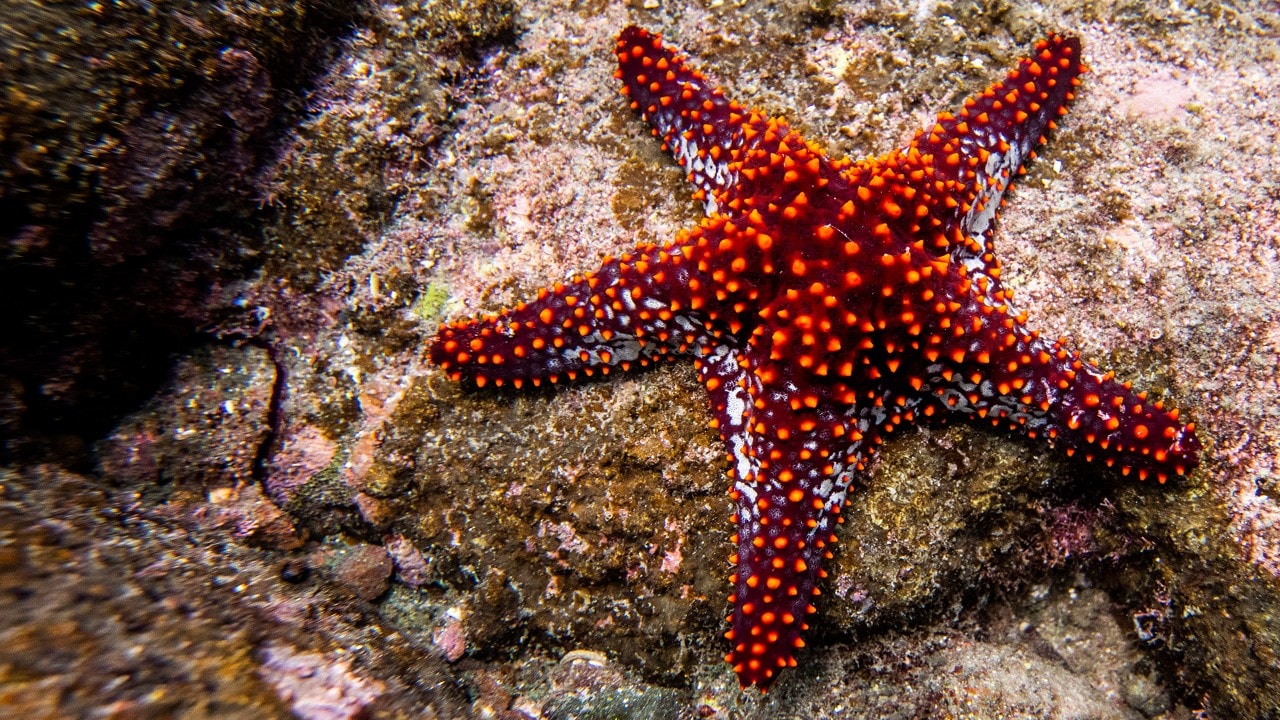
A vibrant starfish clings to a rock off the coast of Isla Espirito Santo.
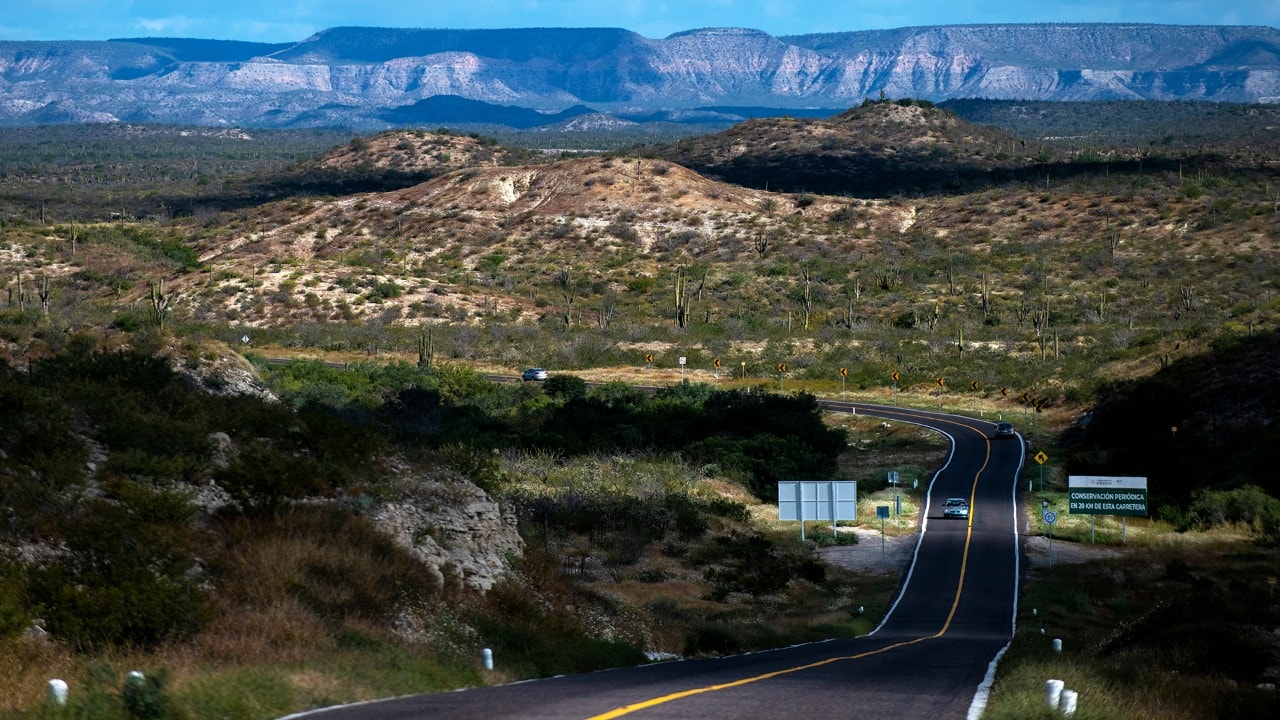
Federal Highway 1 stretches into the desert between Puerto Chale and La Paz.
I wasn’t sure what to expect before my first visit here. I thought wildlife sightings would be rare, and maybe I’d see a whale or two and a single dolphin, if I were lucky. I saw much more. My friend Michael and I got a preview of what was to come after we picked up our rental car at the airport just outside Cabo San Lucas. Driving north on Highway 19 along the Pacific Ocean, we spotted whales spy hopping — sticking their massive heads out of the water — near the shore.
Snorkeling in the Sea of Cortez, we encountered lots of young sea lions, a particular thrill. They do cartwheels, chase one another like puppies at a dog park and come so close that you can see the color of their teeth as they stare at you open-mouthed, as though they’re smiling. About 500 sea lions live on Isla Espíritu Santo, an island and national park, where the animals sun themselves, bark and wrestle.
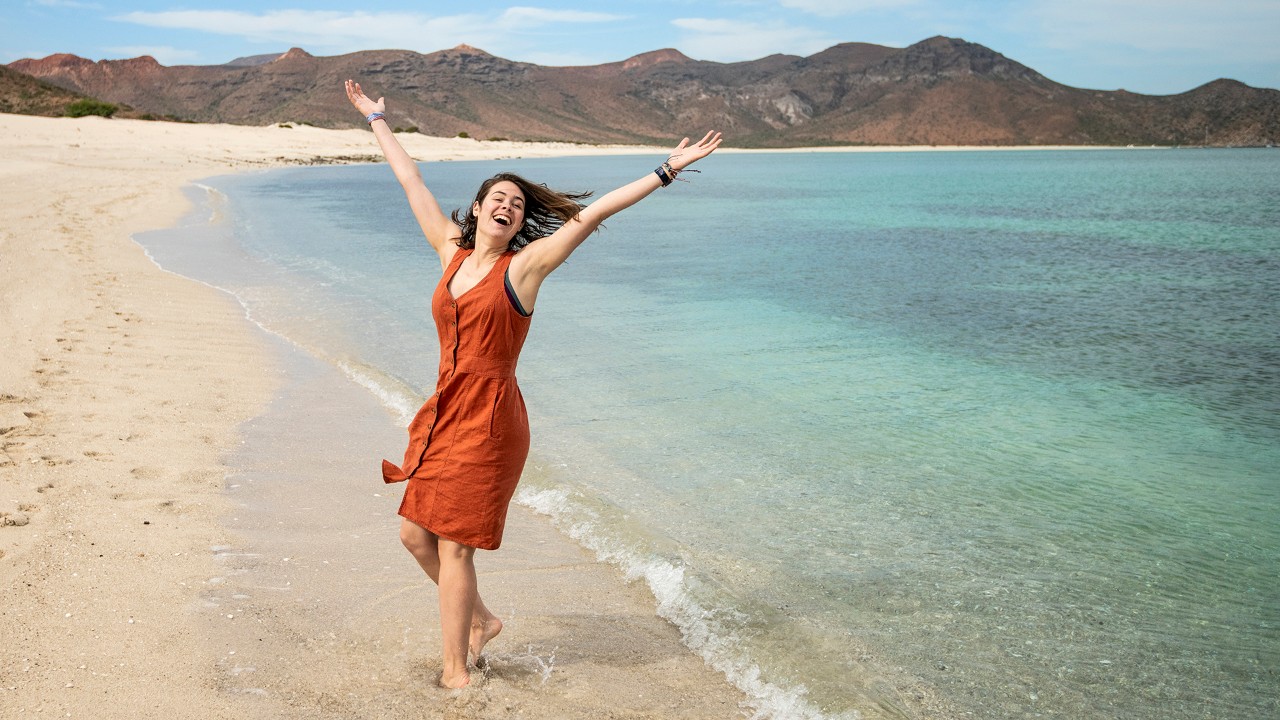
Kassondra welcomes the sun on Isla Espirito Santo
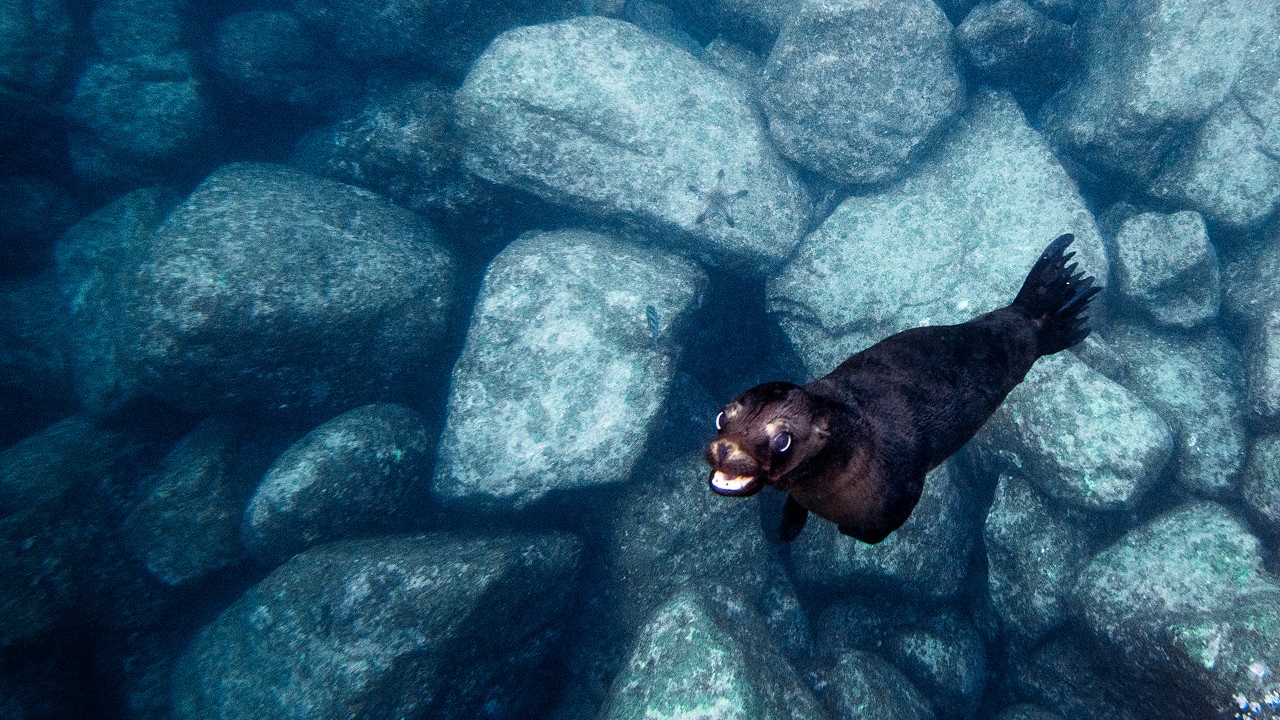
A sea lion plays with snorkelers in the crystal-clear waters near Isla Espirito Santo.
Sea Lion Pups Do Not Obey Laws
Sea life here is protected by law. The primary directive is the simplest: Don’t touch the wildlife, however adorable they may be. You must also stay about 6 feet away from whale sharks, the biggest fish in the sea. Underwater, a 6-foot distance feels like mere inches when you’re next to these giants that can weigh up to 60 tons and measure up to 33 feet long.
The whale shark’s immense mouth can be almost 5 feet wide, filled with tiny teeth. But don’t worry — they eat only plankton and tiny fish. Still, their size is awe-inspiring, and so is their calm demeanor. When I snorkeled alongside one, our guide from On Board urged me to get closer for a photo, so close that the whale shark’s spots came into clear focus. I feared at first that I might be too close, but this gentle giant didn’t seem to mind.
As diligent as I was about following the conservation rules, the baby sea lions didn’t care to follow any of them. They are curious as heck about humans, and if they want to pet you, they will. Our guide from Coras Tours told us it’s not at all uncommon for sea lion pups to nudge tourists or nip at their fins or snorkels on this excursion, which cost about $107.
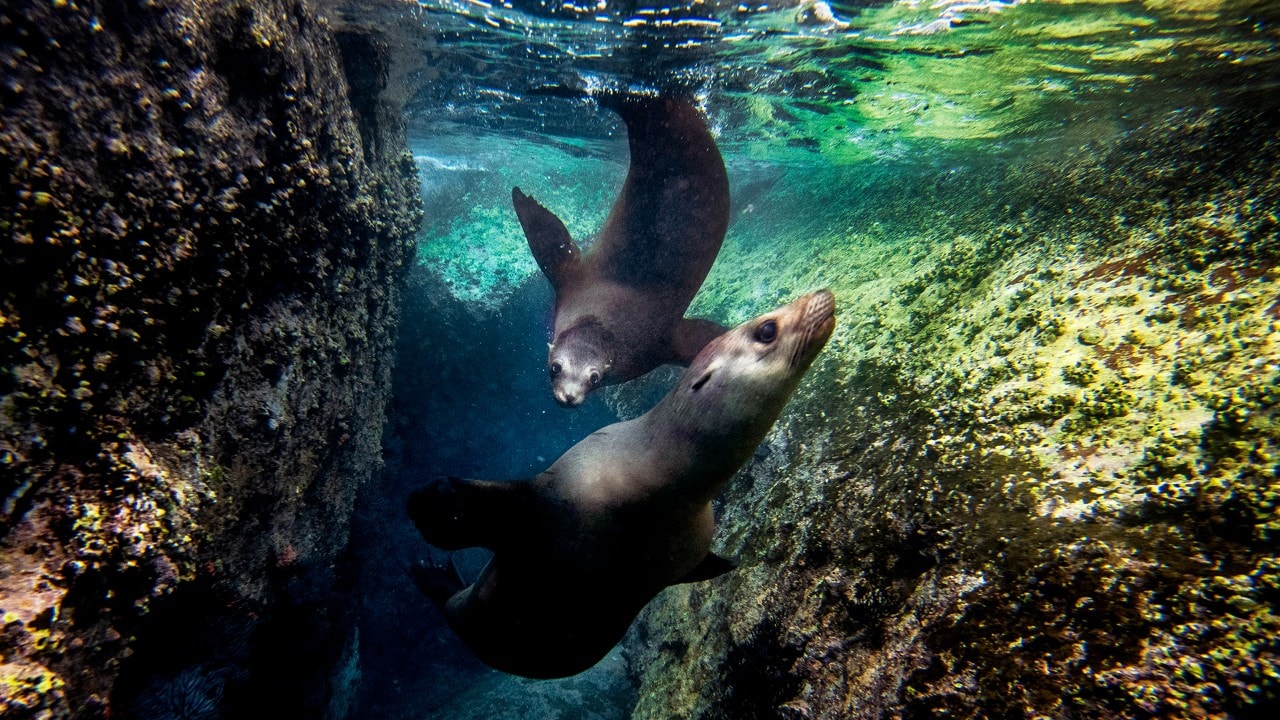
Young sea lions chase each other
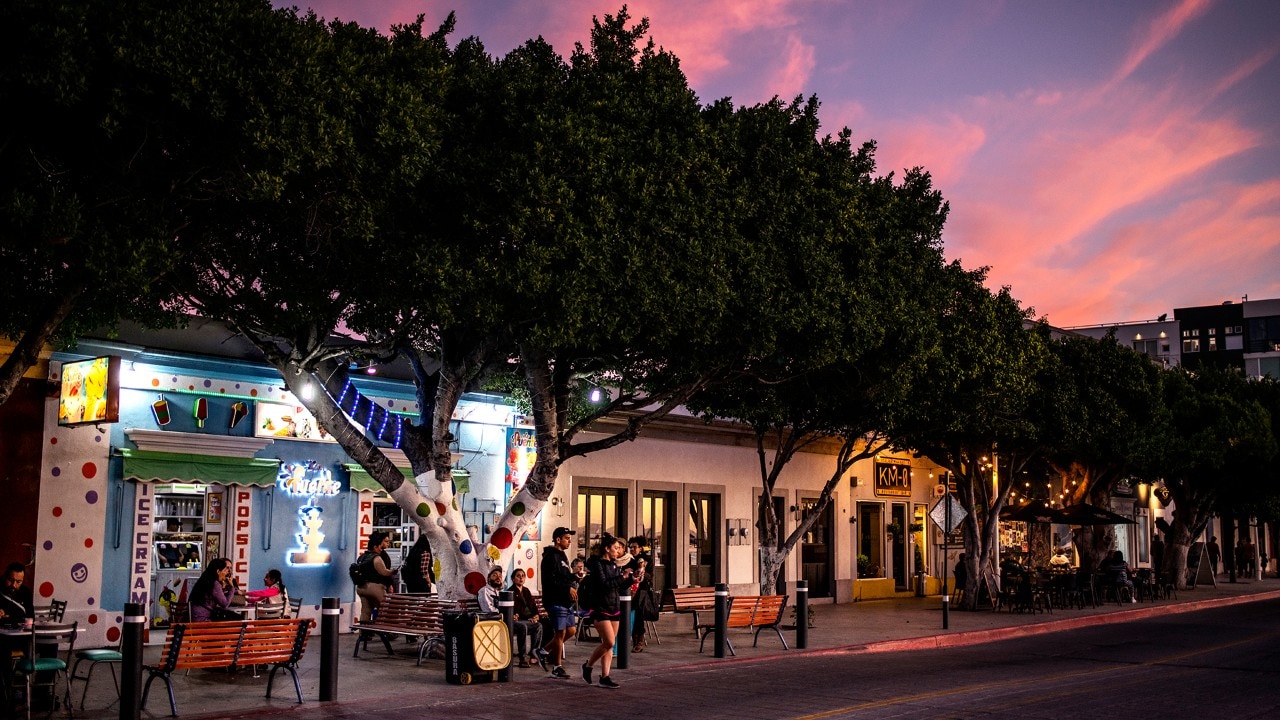
The sun sets over La Fuente ice cream shop, located on the Malecón in La Paz.
Dolphins to the Left, Dolphins to the Right
Before visiting La Paz, I’d only seen dolphins jump out of the water at theme park shows, where they were in small concrete pools, and I was in bleacher seating. It’s hard to imagine them performing like this in nature, but they do. That’s what’s most incredible about the show in the Sea of Cortez. Even though no one is orchestrating it, it’s always happening. You just have to pay attention.
As our guide scanned the water for a shadow big enough to be a whale shark, I giggled with excitement as dolphins leapt up two by two, then three by three, closer and closer to our boat. “Scientists think that for every dolphin you see at the surface, there are at least three underneath them,” the guide told us. If that’s true, we may have been surrounded by 100 or more. The excursion costs about $85.
Back on land, we stayed at Casa al Mar, steps from the Malecón and ideal for families. Multifloor suites with two bedrooms, comfortable living rooms and full kitchens start at $125 per night. La Paz has plenty of bustling beachfront restaurants with killer sunset views, but just two blocks from the ocean, you’ll find neighborhoods where tacos on fresh handmade tortillas cost a dollar and fresh pastries go for less.

The Big Sur Café Orgánico features a striking mural
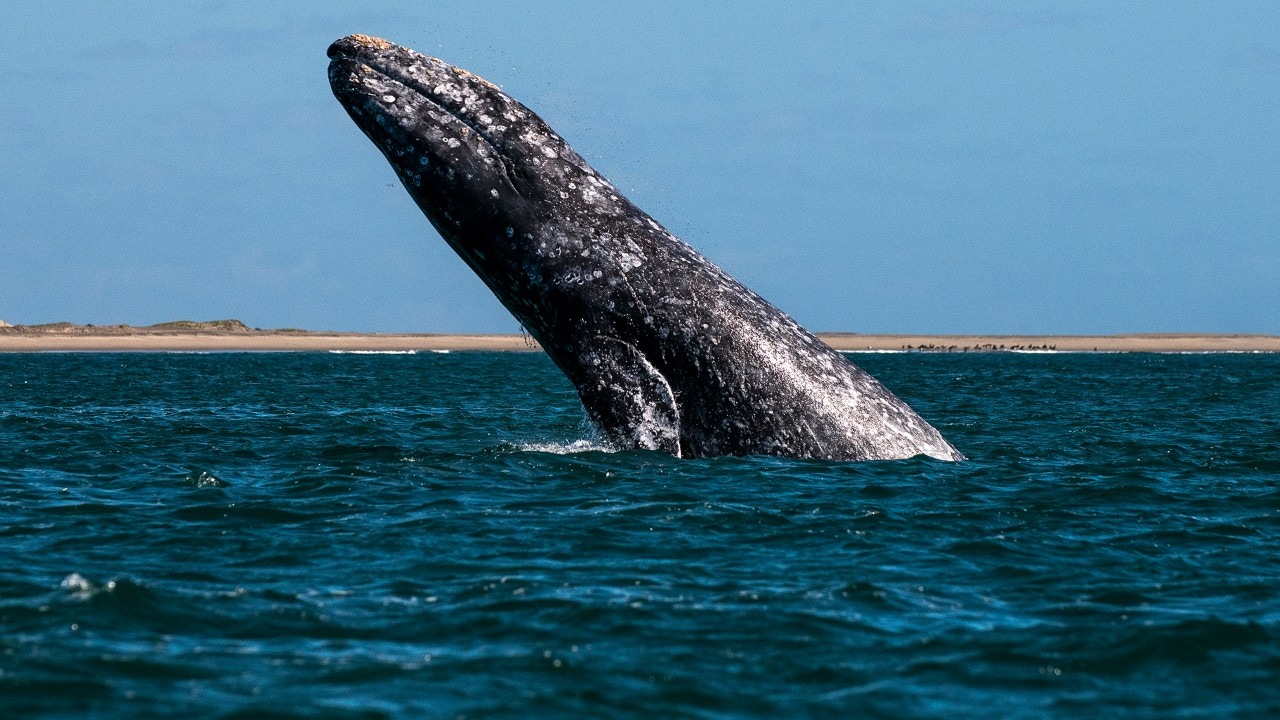
A California gray whale leaps out of Magdalena Bay, located on the Pacific coast side of La Paz.
Close Encounters with Gray Whales
Drive two and a half hours northwest to Puerto Chale, and for $15 a person, you can hop on a colectivo boat tour that takes you to see gray whales. Within minutes, whales may come so close to the boat that they spray your face when they exhale — that’s what happened to me. You’ll forget all about those spouts you see out on the horizon, and concentrate on the whales nearby. Gray whales can grow to 39 feet (that’s longer than the boat) and weigh up to 60,000 pounds, but here they are known as amistosas, the “friendlies,” due to their gentle nature.
Between January and March is prime season for whale watching, and for seeing whale sharks as well. Traveling then is worth the risk of slightly less-than-perfect weather, plus you won’t have to share the bounty of wildlife with scores of spring breakers or summer vacationers.
Throughout Baja California, it’s shocking how quickly you’ll start to think of whales and dolphins the same way you regard deer or elk at home in the United States — just as part of the scenery. It’s just that here, so many sea creatures are easy to spot. Concerned that the abundance means the experience loses its luster?
It doesn’t.

The Nissan March is great for exploring city streets and the open road
Related
Read more stories about Mexico adventures.
- Explore Food, Art and Architecture in Mexico City
- The Hidden Gems of Mexico’s Yucatán Peninsula
- Weekend Getaway to Mexico’s Playa del Carmen
- Road Trip to San Miguel Mexico
- Sinkholes and Underwater Caves Rival Tulum’s Caribbean Beaches
- Todos Santos: A Colorful, Seaside Town in Mexico
- Meeting Wildlife Face to Face in the Sea of Cortez, Mexico
- Must-Visit Mayan Ruins Near Cancun
- Wild Mexico
- Every Hour Is Golden in Mexico’s Loreto
- Tour Mexico’s Río Secreto, an Underground River
- Weekend Getaway From Mexico City to See Butterflies
- Yucatan Peninsula Beaches

